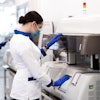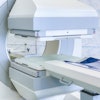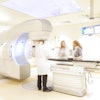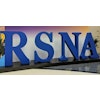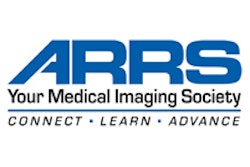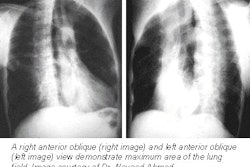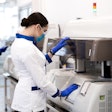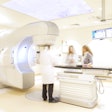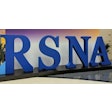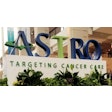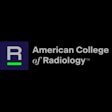Despite this year’s 58% increase in annual membership dues for the American College of Radiology, members are renewing at a rate "virtually identical" to that of previous years, according to the organization’s top officer.
As of January 2002, a standard membership in the U.S. advocacy group costs $750 per year, up from $475. Most ACR members must also pay annual dues to their state chapters, with costs ranging from $20 in Louisiana to $350 in Connecticut.
The price hike inspired some grousing by anonymous posters to the AuntMinnie.com bulletin boards. But the current chair of the ACR’s Board of Chancellors says the handful of complaints received by the ACR have been dwarfed by the unspoken support seen in thousands of routine renewals.
"The response has been overwhelmingly positive," said Dr. Harvey Neiman, who is also chairman of radiology at Pittsburgh’s Western Pennsylvania Hospital. "It’s been very, very gratifying."
The dues increase, the ACR’s first in 14 years, was approved by a vote of the group's councillors at the September 2001 annual meeting after Neiman and others outlined the college's financial situation. "People were certainly not pleased, but after we explained it they were supportive," Neiman said. In fact, the increase to $725 requested by the board of chancellors was upped to $750 by a resolution from the floor of the annual meeting, he said.
The economics behind the increase are fairly straightforward, Neiman said: "Over the long term, revenues need to exceed costs, and costs continue to increase." The Washington, DC, area that includes ACR headquarters in Reston, VA, is a very expensive job market, he noted.
In the wake of salary and other cost increases, the ACR had been forced to dip into short-term cash reserves to cover its expenses over the last two or three years, Neiman said. Meanwhile, the college's long-term reserves were severely impacted by the overall stock market decline.
Neiman said the ACR's economic situation is similar to that of many organizations, and that the college's research found the new dues level to be in line with that of other comparable medical specialty associations. (Spot checks by AuntMinnie.com found others listing somewhat lower dues, including the American College of Cardiology at $350 for 2001, but groups including the American College of Surgeons and the American College of Obstetrics and Gynecology don't disclose dues on their Web sites.)
In hindsight, Neiman acknowledged that it might have been preferable to increase dues more frequently, rather than asking for a large increase all at once. However, he said the 58% hike essentially matched where dues would have been had they been routinely adjusted for cost-of-living increases over the past 14 years.
"I think the fact of the matter is that the members had that money in their pockets over the years, so it was a benefit to them that dues weren't raised," Neiman said. "And we didn't just raise the dues. We made significant cost-cutting adjustments as well, to make the organization more efficient and cost-effective."
Neiman said the cuts focused on consolidating back-office functions while preserving all of the services that ACR members value most. Much of the challenge, he said, lies in fulfilling the mission that distinguishes the ACR from other radiology groups that now have much lower dues. These include the Radiological Society of North America, with a top dues rate of $385 per year, the American Roentgen Ray Society at $235 per year, the American Institute of Ultrasound in Medicine at $233 per year, and the Society of Nuclear Medicine at $240.
"The organizations that have primarily a scientific and educational mission have other sources of revenue with that, while the ACR has limited means of revenue production," Neiman noted. "You can't make money in the government relations business, or in the public healthcare policy business."
Because the ACR is the premier advocacy organization representing the interests of radiologists, Neiman is also pushing to increase membership in the college. Currently the ACR has around 32,000 members, about the same as the RSNA; Neiman would like to enlist as many as possible of the estimated 5,000 to 6,000 U.S. radiologists who aren’t currently members.
A "Grow the Membership" task force is now spearheading that effort, which will rely mainly on word-of-mouth and internal marketing. Neiman also hopes to see more institutions following the lead of the Partners Healthcare System, which includes Massachusetts General Hospital and Brigham & Women's in Boston. All radiologists in the system now have their ACR dues covered by group practice, enabling 100% membership rates. "We're hoping to replicate that initiative so all radiologists can feel comfortable with the cost of membership," Neiman said.
By Tracie L. ThompsonAuntMinnie.com contributing writer
February 7, 2002
Copyright © 2002 AuntMinnie.com
